Artificial intelligence (AI) is rapidly transforming healthcare. Ambient listening technology is one of the latest AI enhancements that can improve documentation efficiency and simplify the after-visit workload for healthcare providers.
Experts discussed how ambient listening technology works and how it has been implemented into clinical practice during AI: The Next Breakthrough in Documentation for Rheumatology on Sunday, Nov 17. The session will be available on-demand to all registered ACR Convergence 2024 participants after the meeting through Oct. 10, 2025, by logging into the meeting website.

Michael Pfeffer, MD, FACP, Senior Vice President, Chief Information and Digital Officer, and Associate Dean for Stanford Health Care and School of Medicine, discussed his experience piloting and deploying ambient listening technology.
An ambient AI scribe uses artificial intelligence to listen to real-time conversations between healthcare providers and patients, transcribing the dialogue into text that a large language model can process into a coherent patient note.
There is limited evidence regarding the use of ambient AI scribes, but Dr. Pfeffer and his colleagues at Stanford Health Care ran a pilot of one from August 2023 to January 2024. His group chose to use DAX Copilot because of its integration into electronic health records.
The pilot program with DAX Copilot included 50 physicians, and usage was about 54% for all available encounters. On average, users perceived a 20-minute time savings each day, with some users reporting over an hour of time savings, Dr. Pfeffer reported. Further, there was a statistically significant reduction in task load and burnout scores among clinicians using the ambient AI scribe. The group also looked at safety concerns, but they did not find any during this pilot.
Some keys to the success of ambient AI scribes include a deep integration into workflow, training focusing on best practice use and customization, and go-live support, Dr. Pfeffer said.
“It’s really important that we, as physicians, shape this field. Whether you’re in informatics or not, we have to be at the front lines,” he explained. “You remember when we weren’t at the front lines? Electronic health records. I think this is an opportunity for us to shape it, and that’s why it’s important for us to understand, try these things, be excited about, learn, and shape them to our needs.”
Arinola Dada, MD, FACR, Board Certified Rheumatologist at Overlake Arthritis and Osteoporosis Center, also uses ambient listening in her rheumatology practice.
AI-enabled documentation has many benefits, including less in-visit documentation and less total time spent on documentation, making it easier to connect with the patient and faster to close notes and submit billing, she said. Automating routine documentation can also mitigate physician burnout, improve the patient-provider connection, and support better care outcomes.
“By automating the routine documentation tasks, I think that we can improve the time we spend with patients,” Dr. Dada said. “People are happy that they’re having that one-on-one interaction with the doctor. I’ve had a lot of patients come to me and say, ‘The reason I’m leaving Dr. X is because there’s no eye contact, and that doctor is busy loving their computer and typing their notes.’ This allows you more of that face and one-on-one eye contact time.”
However, these benefits must be weighed against the limitations and risks of this emerging technology, including the need to check the notes for AI “hallucinations” and the fact that AI can only document what it hears. As a result, physicians must explicitly speak aloud important observed details for AI to document them, Dr. Dada explained. Additionally, there are Health Insurance Portability and Accountability Act (HIPAA) compliance and data security concerns, and agreements may permit the selling of or exploitation of data.
When using AI to summarize clinical data, variability, sycophancy, and complete-the-narrative errors may occur. Therefore, careful attention to AI output is necessary and, ultimately, the provider’s responsibility. The risks associated with AI-enabled documentation can be mitigated by implementing good workflows that involve error checking.

Registered ACR Convergence 2024 Participants:
Watch the Replay
Select ACR Convergence 2024 scientific sessions are available to registered participants for on-demand viewing through October 10, 2025. Log in to the meeting website to continue your ACR Convergence experience.
